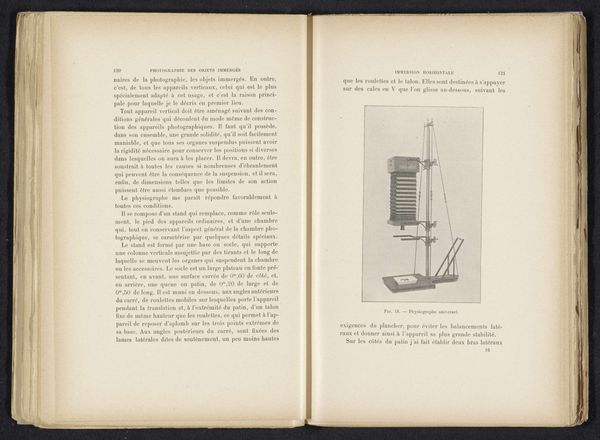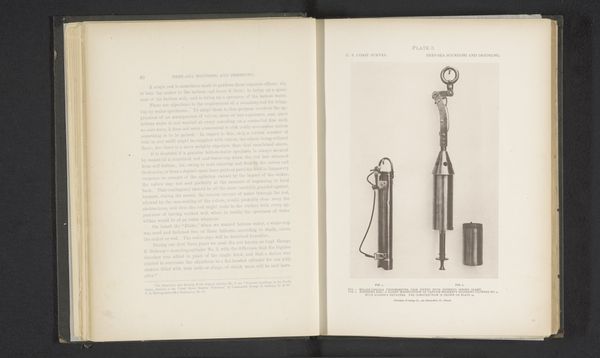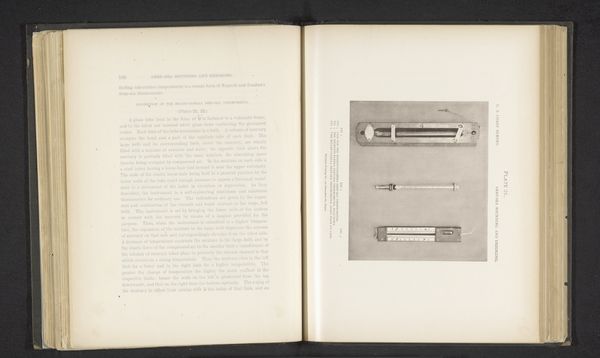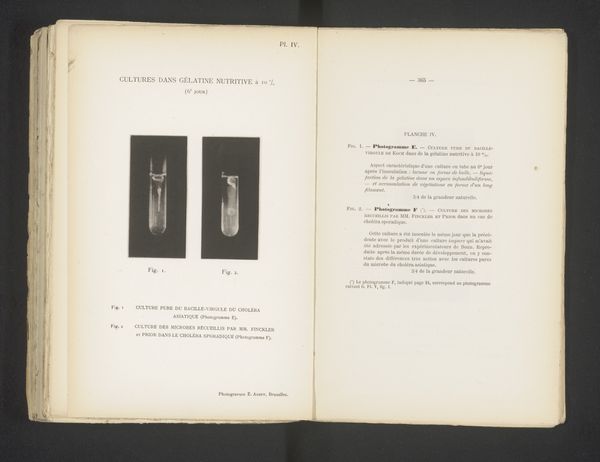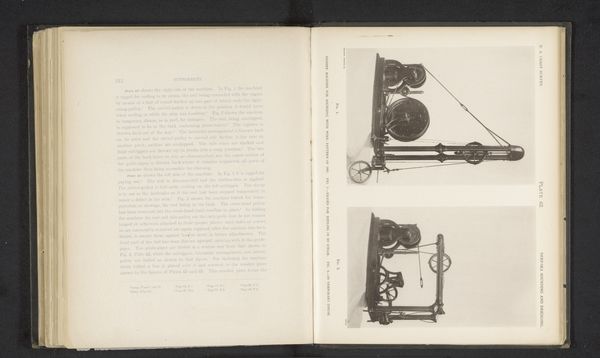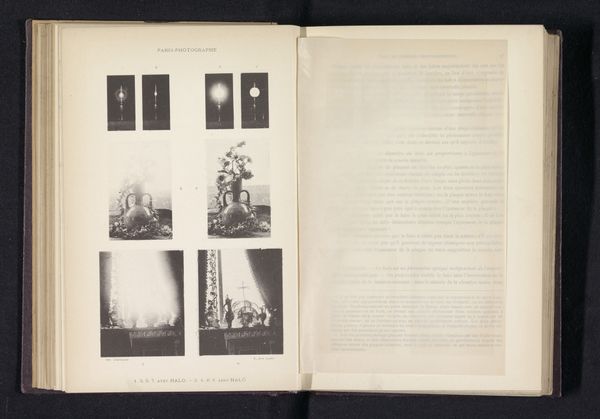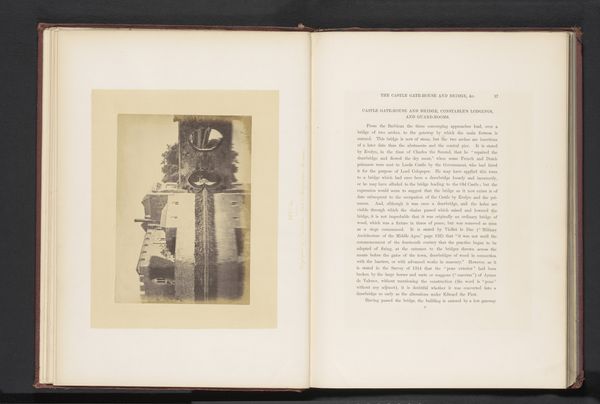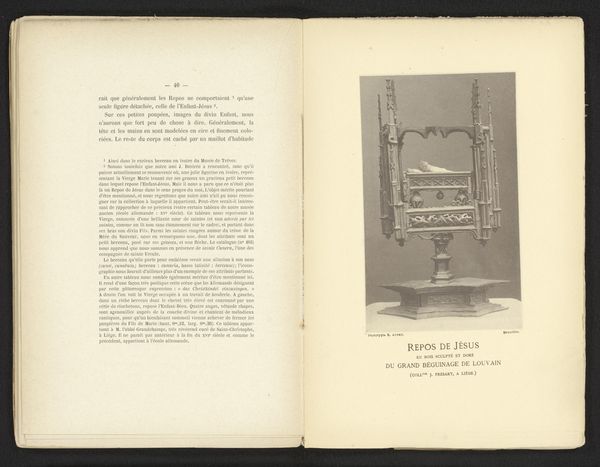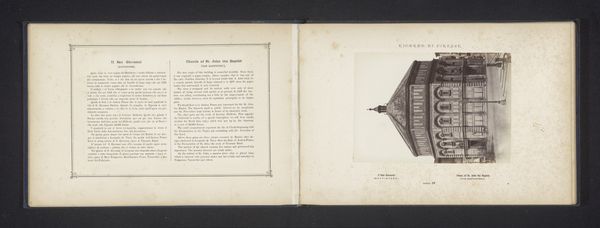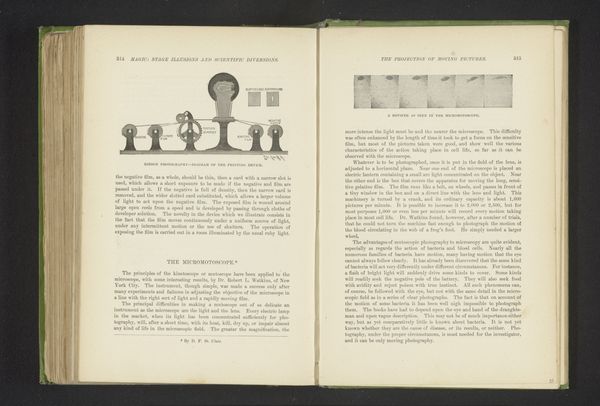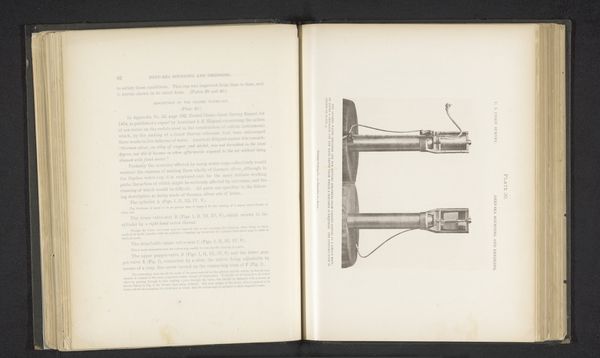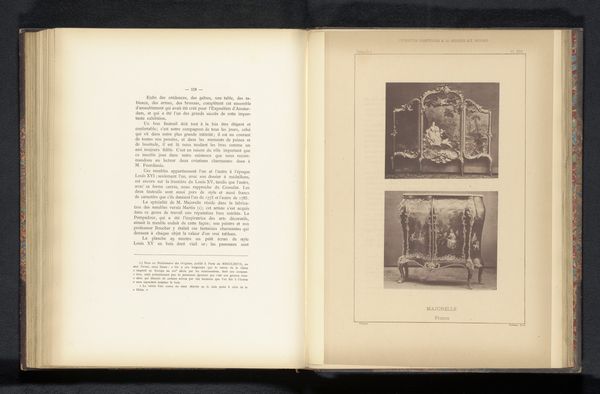
Onderdelen en een gemonteerd exemplaar van een lamp die gebruikt kan worden in de doka before 1865
0:00
0:00
print, paper, photography
# print
#
paper
#
photography
Dimensions: height 128 mm, width 94 mm
Copyright: Rijks Museum: Open Domain
Editor: So, here we have "Onderdelen en een gemonteerd exemplaar van een lamp die gebruikt kan worden in de doka" by Jean-Baptiste Daems, created before 1865. It’s a print on paper showcasing the components of a darkroom lamp. What immediately strikes me is the precision of the photographic reproduction, showing the labour required in making the prints to begin with. How do you interpret this work? Curator: It’s fascinating, isn’t it? Beyond the image itself, consider the historical context. Before 1865, photography was still a relatively young technology. Think about the labor involved: mining the materials for the lamp itself, the skilled craftspeople who manufactured these intricate pieces, and then the photographer carefully documenting the process. This image highlights a crucial intersection: how technological advancements in photography are documenting another technology-- the safety lamp. We can analyze not only the finished product, but also the social relations of its creation. Editor: So, it's not just about the image, but about understanding the network of making and consumption involved? The way that one production enables another? Curator: Exactly! And what is photography if not the creation of reproducible parts that contribute to a larger narrative? By breaking the lamp down into parts, the picture foregrounds the materiality of production. How the various elements come together allows us to consider broader questions. This challenges the hierarchy of ‘high art’, doesn't it? This printed image served as a functional document with the goal to produce something else. Editor: I see. The image is more than just an artistic representation; it's a component in a larger industrial process. I had initially considered the aesthetic quality, but I see that the image prompts questions about industry, skill and knowledge and is useful precisely for that reason. Curator: Precisely. Reflecting on its utility reframes our understanding of its value. We move away from merely admiring the object to acknowledging the labor and social systems enmeshed within its creation.
Comments
No comments
Be the first to comment and join the conversation on the ultimate creative platform.
